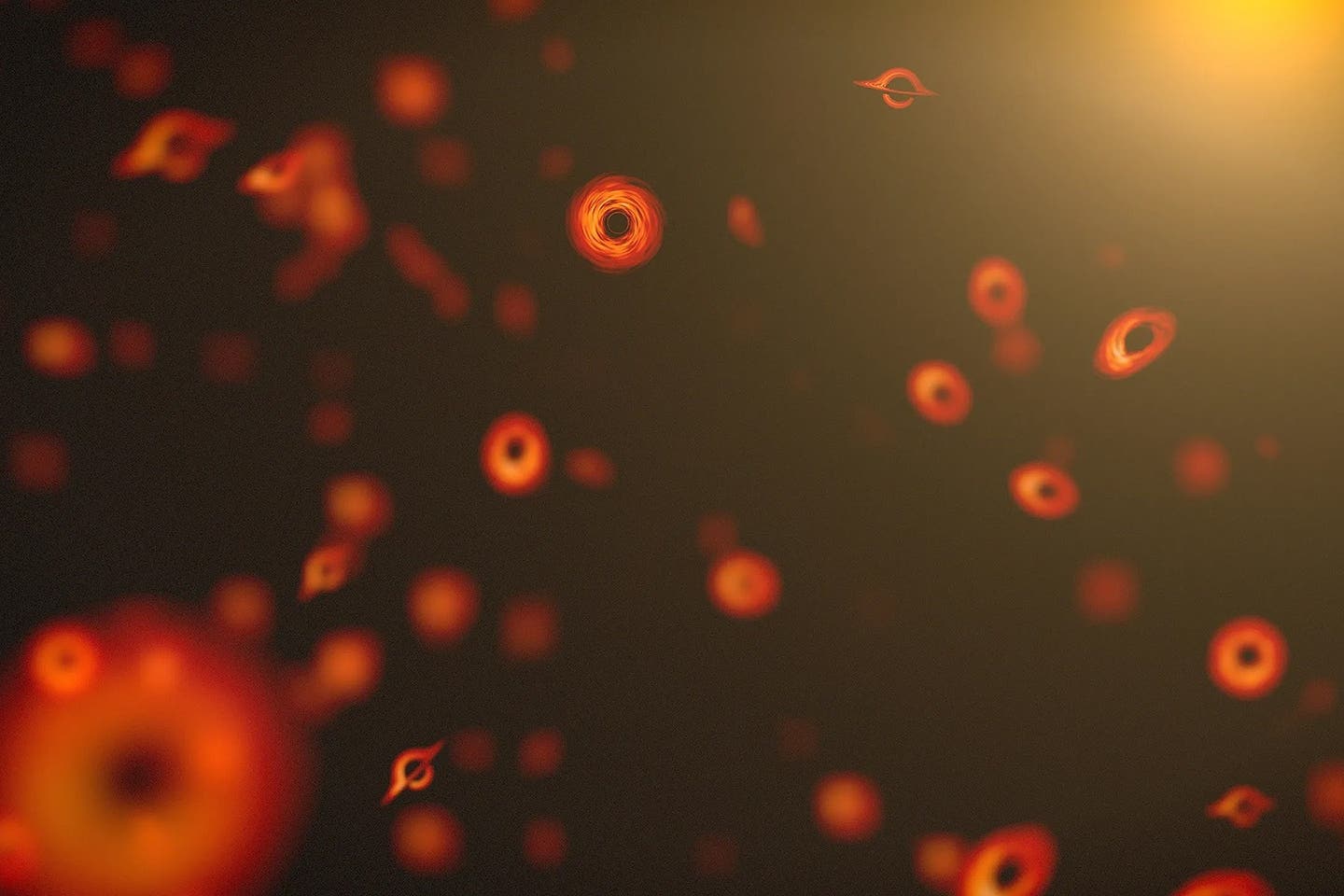Cholesterol-lowering drugs can also fight cancer, researchers find
Understanding the molecular mechanisms of metastasis is therefore a key piece of the puzzle in the fight against cancer.

[Jan. 21, 2023: Vera Glasser, Max Delbrück Center for Molecular Medicine]
Understanding the molecular mechanisms of metastasis is therefore a key piece of the puzzle in the fight against cancer. (CREDIT: iStock Photos)
Cancer patients rarely die from the primary tumor but rather from the metastases – even after successful tumor surgery. This is because cancer cells sometimes spread to other parts of body early in the disease, when the tumor is still very small and may not have even been discovered yet. To do this they must break away from the extracellular matrix and migrate into neighboring lymphatic vessels or blood vessels that transport them to new tissue, where they settle and proliferate.
Understanding the molecular mechanisms of metastasis is therefore a key piece of the puzzle in the fight against cancer.
More than ten years ago, Professor Ulrike Stein and her lab at the Experimental and Clinical Research Center (ECRC) were able to discover an important driver of this process in human colorectal cancer: the metastasis-associated in colon cancer 1 (MACC1) gene. The ECRC is a joint institution of the Max Delbrück Center for Molecular Medicine in the Helmholtz Association (MDC) and Charité – Universitätsmedizin Berlin.
Drug screening identified statins
When cancer cells express MACC1, their ability to proliferate, move around the body, and invade other tissues is enhanced. “Many types of cancers spread only in patients with high MACC1 expression,” Stein explains.
Related Stories:
MACC1’s role as a key factor and biomarker of tumor growth and metastasis – not only in colorectal cancer, but in more than 20 solid tumors such as gastric, liver and breast cancer – has since been studied by many other researchers worldwide and confirmed in more than 300 publications.
Now together with Dr. Robert Preißner of Charité, Stein has discovered what could disrupt metastatic progression in such cases: Statins, which are prescribed as cholesterol-lowering drugs, inhibit MACC1 expression in tumor cells. The scientists are presenting their findings in the journal Clinical and Translational Medicine.
In their search for MACC1 inhibitors, the researchers conducted high-throughput drug screening with colleagues at the European Molecular Biology Laboratory (EMBL) in Heidelberg, Germany. They independently hit upon statins. They tested this discovery on various tumor cell lines, with favorable results: All seven drugs tested reduced MACC1 expression in the cells but to varying degrees.
Statin treatment decreases tumour burden and metastasis formation in vivo. At day 24 of statin treatment, showed significantly weaker signals, indicating restricted metastasis formation in the liver. Bioluminescent signals from all ten animals over the time course of the experiment were quantified. (CREDIT: journal Clinical and Translational Medicine)
The scientists then administered the cholesterol inhibitors to genetically modified mice with increased MACC1 expression. This almost completely suppressed the formation of tumors and metastases in the animals. “What is particularly remarkable is that the benefits continued in the animals even after we reduced the dose relative to the amount that humans normally ingest,” Stein says.
Statins have one big advantage: they are already approved
Robert Preißner and scientists at the University of Virginia also examined data from a total of 300,000 patients who had been prescribed statins. This analysis found a correlation: “Patients taking statins had only half the incidence of cancer compared to the general population,” Preißner explains.
Statin treatment decreases tumour burden and metastasis formation in vivo. At day 24 of statin treatment, showed significantly weaker signals, indicating restricted metastasis formation in the liver. Bioluminescent signals from all ten animals over the time course of the experiment were quantified. (CREDIT: journal Clinical and Translational Medicine)
Stein advises against taking statins as a preventive measure without consulting a doctor and having their lipid levels checked, so as to ensure no serious side effects occur. “We are still at the very beginning,” the scientist stresses. “Cell lines and mice are not human beings, so we cannot directly transfer the results.”
Data pre-processing and cohort design. Patient records from databases at the Charité and UVA Health System were merged into a trans-Atlantic cohort. From the resulting 432 333 records, 31 010 were excluded (upper-right panel) due to incompleteness or contradictory information; this pre-processing yielded a final trans-Atlantic cohort of 277 980 patients. Of these, 53 113 were diagnosed with cancer, where ‘cancer’ is defined based on ICD10 codes in the range of ‘C00’ to ‘D48’ (excluding codes ‘D10’ to ‘D37’, which describe benign neoplasms). Co-medications prescribed along with statins (lower-left), as well as co-diagnoses with cancer and statin indications (lower-right), were included in the confounder analysis and calculated for both the full trans-Atlantic and 1:1 matched cohorts. (CREDIT: journal Clinical and Translational Medicine)
The experimental studies and retrospective data analysis will now be followed up by a clinical trial, she says. Only after that will it be possible to say with certainty whether statins actually prevent or reduce metastasis in patients with high MACC1 expression.
For more science and technology stories check out our New Discoveries section at The Brighter Side of News.
Note: Materials provided above by the Max Delbrück Center for Molecular Medicine. Content may be edited for style and length.
Like these kind of feel good stories? Get the Brighter Side of News' newsletter.
Joseph Shavit
Head Science News Writer | Communicating Innovation & Discovery
Based in Los Angeles, Joseph Shavit is an accomplished science journalist, head science news writer and co-founder at The Brighter Side of News, where he translates cutting-edge discoveries into compelling stories for a broad audience. With a strong background spanning science, business, product management, media leadership, and entrepreneurship, Joseph brings a unique perspective to science communication. His expertise allows him to uncover the intersection of technological advancements and market potential, shedding light on how groundbreaking research evolves into transformative products and industries.



